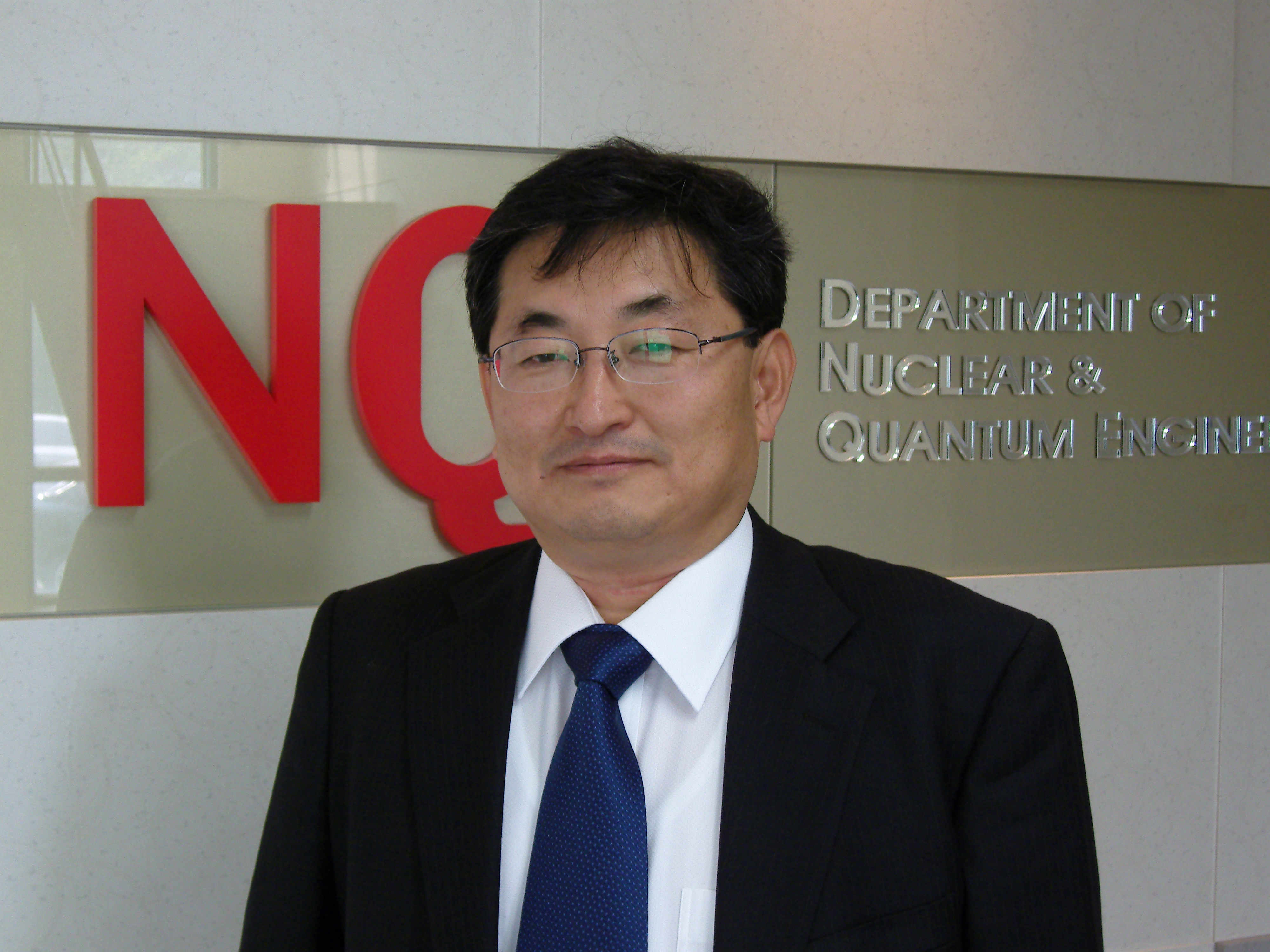YTN NEWS
[Ancor introduces]
Medical Imaging Devices, such as MRI and PET which deals with Alzheimer's, Parkinson's, and other brain-related injuries' disease diagnosis and treatment, have always been imported.
Now, KAIST, finally succeeded in developing core parts for these Medical Imaging Devices with domestic technologies.
Lee, Jung-woo, Reporter.
[Report]
PET, a Medical Imaging Device, which can diagnosis with high precision for various cancers and brain disorders - Positron Emission Tomography.
We have relied on importation from Germany, Japan, and the United States of PET because these nations possess the main technology for PET - Silicon Photo Multiplier (SiPM)
A team led by KAIST professor, Cho, Gyuseong and another team led by Seol, Woo-suk(National Nano Fab Center) developed together this Silicon Photo Multiplier. It is one of the key elements of this new state-of-the-art Medical Imaging system, PET-MR, and is excellent in economy and performance.
[Interview with Professor Cho, Gyuseong, Nuclear Quantum Engineering, KAIST]
"Quantitative measurement of light is possible by splitting them into tiny single pieces and measure each units, and then adding them up again. So, the theory is to split the light into single units, measure them, then add them together to collect and measure the total amount of light energy."
The size of PMT(Photo Multiplier Tube) is relatively large, which makes combining of MRI and PET impossible. But KAIST successfully solved this problem, creating the first high-tech medical device by combining MRI-PET together.
PET-MRI is a state-of-the-art medical imaging device, that has advantages of MRI, such as metabolic analysis, and imaging anatomy of human tissues.
The best part is that, they optimized the structure of SiPM and increased the reaction rate to improve energy and time resolution.
In particular, production process is much simplified, so the production cost is down to 1/10, and the size is 1/1,000, compared to typical tube type.
This new SiPM, developed by KAIST research teams, will go through animal experiment this year and plans to be commercialized within two years.
[Interview with Professor Cho, Gyuseong, Nuclear Quantum Engineering, KAIST]
SiPM is a key component of PET, a high-tech medical device, and we are now in the process of developing PET for brain. we are expect to utilize this system in diagnosing and treating brain-related diseases, such as Alzheimer's and Parkinson's.
The U.S. market of PET-related systems is about 5.2 trillion won, with annual growth of 17%. And now, with domestic SiPM, we can expect 340 billion won worth effect of import substitution, and export prospects also look bright.
Lee, Jung-woo, Reporter, YTN
